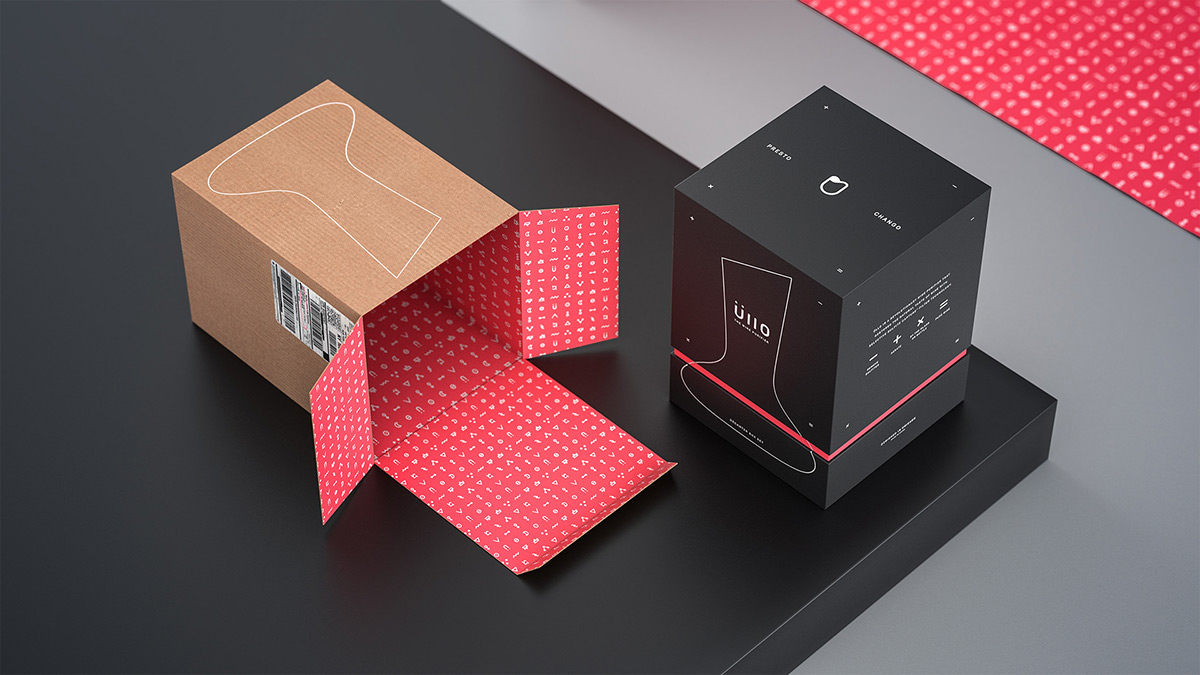In today’s competitive market, packaging plays a crucial role in product presentation and protection. Rigid packaging with logo is a popular choice among businesses due to its durability and ability to enhance brand visibility. This article aims to explore the advantages and disadvantages of rigid packaging, shedding light on its significance in various industries.
Introduction
Packaging serves as the first point of contact between consumers and products. It not only ensures product safety but also plays a significant role in shaping consumer perception. Rigid packaging, characterized by its sturdy and inflexible nature, offers several benefits, along with a few limitations. This article will delve into the advantages and disadvantages of rigid packaging, allowing you to make an informed decision for your business.
What is Rigid Packaging?
Rigid packaging refers to containers made from materials that possess high strength and structural integrity. Common examples include plastic, glass, metal, and rigid paperboard. These materials provide a robust and protective shell for various products, ranging from food and beverages to cosmetics and electronics.
Advantages of Rigid Packaging
1. Superior Protection
One of the primary advantages of rigid packaging is its exceptional protection capabilities. The sturdy construction of rigid containers offers resistance to external factors such as impact, moisture, and temperature fluctuations. This aspect ensures the integrity and quality of the packaged product, safeguarding it during storage, transportation, and handling. a premium solution for your packaging.
2. Enhanced Product Visibility
Rigid packaging allows for creative and eye-catching designs, thereby enhancing product visibility on store shelves. The use of transparent materials like glass or clear plastics offers a clear view of the product, enticing customers and enabling them to assess the quality and appeal of the item. This visibility factor can significantly influence purchasing decisions.
3. Increased Brand Recognition
Well-designed rigid packaging serves as a powerful branding tool. The structure of rigid containers allows for ample space to display logos, slogans, and other brand elements prominently. This visibility not only reinforces brand recognition but also helps differentiate products from competitors. Memorable and visually appealing packaging can leave a lasting impression on consumers, encouraging repeat purchases.
4. Customization Options
Rigid packaging offers a wide array of customization options to suit the unique needs of different products and brands. Manufacturers can choose from various shapes, sizes, colors, and finishes to create packaging that aligns with their brand identity and target audience. This flexibility allows businesses to create a cohesive packaging strategy that resonates with their customers.
5. Environmental Sustainability
While some may argue that rigid packaging is less environmentally friendly than flexible alternatives, advancements in materials and recycling technologies have made significant progress in reducing its ecological footprint. Many rigid packaging materials, such as glass and certain plastics, are highly recyclable. Additionally, the durability of rigid packaging contributes to reduced product damage and wastage, minimizing the environmental impact.
Disadvantages of Rigid Packaging
1. Higher Production Costs
Compared to flexible packaging options, rigid packaging often entails higher production costs. The materials used, manufacturing processes, and additional customization features can contribute to increased expenses. It is essential for businesses to carefully evaluate their budget and product requirements when considering rigid packaging solutions.
2. Limited Flexibility
Unlike flexible packaging, rigid packaging is not suitable for all types of products. Its inflexibility restricts its application in certain industries, such as those requiring space-saving solutions or products that need to conform to irregular shapes. Rigid packaging may not be the ideal choice for products that demand easy dispensing or flexible storage options.
3. Storage and Transportation Challenges
The rigid nature of packaging can pose challenges in terms of storage and transportation. Compared to collapsible or foldable packaging, rigid containers occupy more space, leading to increased storage requirements. Additionally, the weight of rigid packaging can impact shipping costs and logistics, especially for businesses that operate on a large scale.
4. Environmental Concerns
While rigid packaging has made strides in terms of sustainability, certain materials used, such as some plastics, can still have adverse environmental effects. Proper waste management and recycling practices are crucial to mitigate these concerns. Businesses should explore eco-friendly alternatives and strive for continuous improvement in their packaging processes to minimize environmental impact.
Conclusion
Rigid packaging offers several advantages, including superior product protection, enhanced visibility, increased brand recognition, customization options, and environmental sustainability. However, it also has disadvantages such as higher production costs, limited flexibility, storage and transportation challenges, and potential environmental concerns. By carefully considering these factors, businesses can make informed decisions about the packaging solutions that best align with their product requirements, brand objectives, and sustainability goals.

